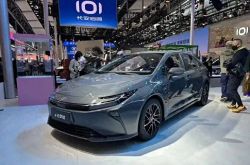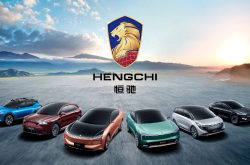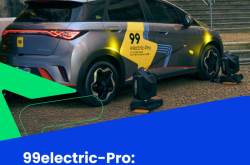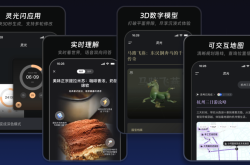It's good that CEOs are no longer boasting for traffic
![]() 11/25 2025
11/25 2025
![]() 536
536

Introduction
Auto shows are ultimately showcases for cars, not people.
"This year's Guangzhou Auto Show is the coldest one yet."
"Yeah, usually short sleeves are enough, but this year we need hoodies."
On the way back from attending the Guangzhou Auto Show, many peers expressed that "this year's Guangzhou Auto Show is the coldest one yet," a sentiment that sounds quite familiar. Especially in recent years, with significant changes in the automotive market and the traditional marketing model undergoing transformation, we often hear that "a certain auto show is the coldest/most deserted/most boring... one yet," to the point where everyone has become accustomed to this phenomenon. Therefore, some peers jokingly refer to the weather, saying, "It's indeed cold; we've switched from short sleeves to hoodies."
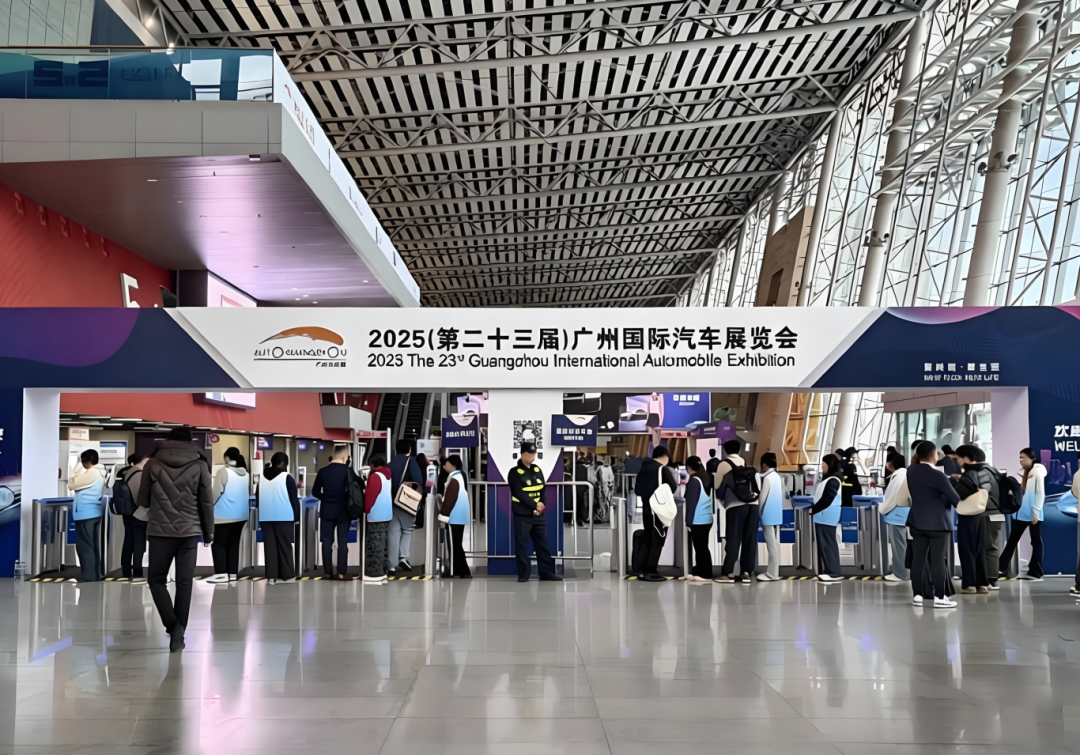
However, upon closer reflection, there are reasons why this year's auto show is considered the "coldest" in history. Apart from the significant drop in temperature, the 2025 Guangzhou Auto Show is more deserted in terms of the number of exhibited vehicles, pavilions, and absent brands. According to the press conference of the Guangzhou Auto Show, there were a total of 1,085 exhibited vehicles at this year's Guangzhou International Auto Show, a decrease of 86 from the 1,171 in 2024. The commercial vehicle pavilion was canceled, and one pavilion was reduced, bringing the total number of pavilions from 16 to 14.
Additionally, corresponding to the scale reduction, there is also a decrease in the auto show's presence.
We all know that in recent years, at Class A auto shows, the classic scenes of automotive executives becoming internet celebrities are still fresh in our minds. At major press conferences, executives were "leading the charge" to vigorously promote intelligent driving and intelligent cockpits, even going so far as to make "outrageous" remarks to attract attention... Industry insiders joked that they knew it was embarrassing to go on stage without advanced buzzwords like "end-to-end."

However, entering 2025, with stricter regulatory policies and industry self-reflection, the aforementioned phenomena have begun to convergence [this word means "abate" or "subside," but keeping the pinyin as it seems to be a direct quote or a term not easily translated], and voices emphasizing desperate promotion and traffic supremacy are diminishing. This transformation is evident at this year's Guangzhou Auto Show, where there is no large-scale phenomenon of automotive executives "sacrificing" themselves for traffic.
Many industry insiders have expressed that "this is good" regarding this change.
01 Executives Being "Dragged" by Traffic
The peak of automotive executives' traffic at auto shows, in my memory, was probably at the 2024 Beijing Auto Show.
That year, Zhou Hongyi, the investor of Neta Auto, climbed onto the car roof wearing a red long-sleeve shirt symbolizing his identity as the "Red-Clad Leader," and was dubbed by netizens as the "oldest car model in Beijing Auto Show history." Related photos quickly trended on social media. Subsequently, he participated in live-streamed show tours and interacted with executives from automotive companies such as NIO, Great Wall Motors, and CATL, proposing product improvement suggestions and extending the trending topic for a long time.
Besides this "red-clad" figure, on the same day, Lei Jun, the CEO of Xiaomi Auto, wearing a green short-sleeve shirt, also made a high-profile appearance at the auto show.
That afternoon, at the Xiaomi Auto booth in the W2 pavilion of the Beijing Auto Show, the crowd surrounded the scene, with some people even spreading to the entire aisle, and some even standing on the booths of neighboring competitors, just to catch a glimpse of Lei Jun.
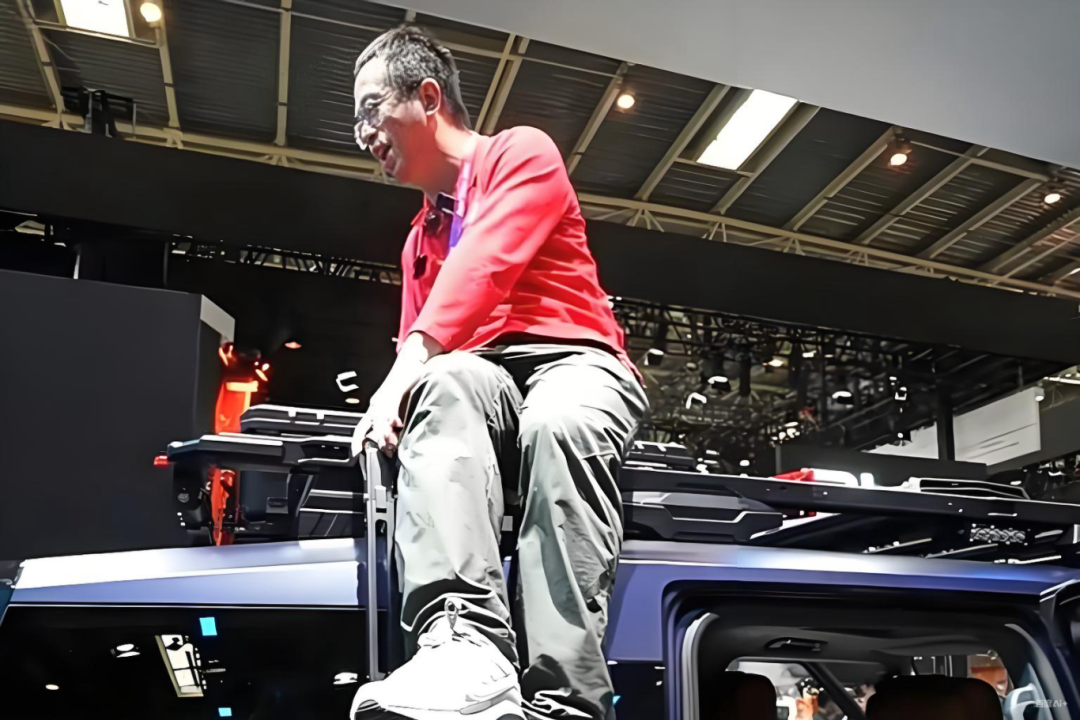
Subsequently, surrounded by the crowd, Lei Jun visited the booths of BYD, Fangchengbao, Li Auto, NIO, BAIC, and others. He also conversed with numerous automotive leaders, including Zhang Jianyong, the Party Secretary and Chairman of BAIC Group, Wang Chuanfu, the Chairman of BYD, and Li Xiang, the founder of Li Auto. At this moment, Lei Jun became "walking traffic," and wherever he went, he became the hottest focus of the entire venue.
The behavior of bigwigs like Lei Jun and Zhou Hongyi personally driving traffic visibly lowered marketing costs and elevated marketing effects. This approach, where a simple gesture could rival an entire top-tier marketing team, naturally inspired many automotive companies' marketing departments to conceive "god-making" plans. They brought automotive bosses to the forefront, closer to the public, interacting with consumers in a down-to-earth manner to enhance brand influence and gain public favor.
Thus, for brand sales and market share, even powerful corporate leaders had to "bow" to reality and engage in forced operations.
The usually serious Wei Jianjun of Great Wall Motors opened a Weibo account for brand marketing and live-streamed intelligent driving assistance tests; Yin Tongyue of Chery live-streamed a 3-hour high-speed intelligent driving challenge to reinforce Chery's image as a "tech-savvy engineer"; Li Shufu of Geely and Yu Minhong of Dongfang Zhenxuan collaborated in a dream-like linkage [this word means "collaboration" or "joint effort," but keeping the pinyin as it seems to be a direct quote or a term not easily translated], showcasing Geely's car-making philosophy and core technologies in a casual chat between friends.
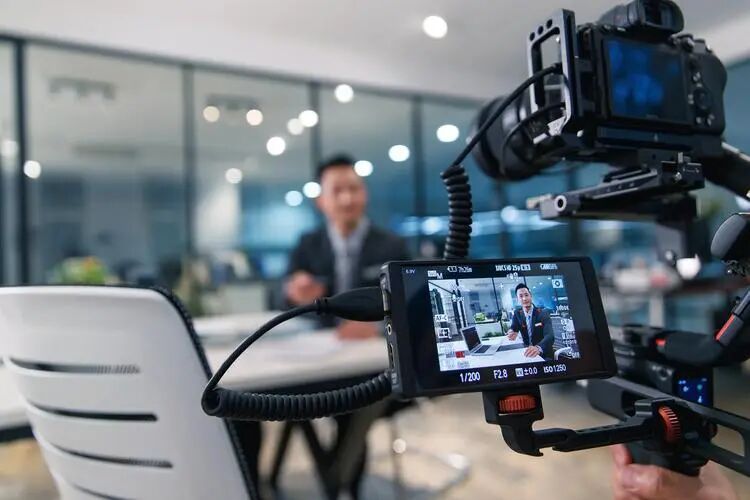
Not only were the bosses almost "played out," but even automotive leaders at different levels had to open accounts on major social media platforms, either live-streaming to interact with consumers or actively participating in current event discussions. Although most of them either lacked a strong personal IP, were not eloquent, or were not accustomed to online interaction methods... and even though they guessed the effects might not be good, they still participated one after another due to various reasons.
Of course, entrepreneurs personally live-streaming can, to a certain extent, bridge the gap between the brand and consumers, allowing consumers to feel the brand's warmth and sincerity. This approach helps enhance the brand's image and reputation. Moreover, the professional interpretations and unique insights of these bigwigs can also provide consumers with a deeper understanding and knowledge of the products.
However, on the other hand, if the creation of entrepreneur IPs is solely for the pursuit of traffic, this approach seems somewhat misguided. After all, automobiles are durable consumer goods, and factors considered by users when purchasing a car go far beyond price, appearance, and configuration. They are more concerned about the product's quality, performance, after-sales service, and brand reputation. If the creation of entrepreneur IPs cannot truly enhance competitiveness in these areas, then it can only be a temporary gimmick.
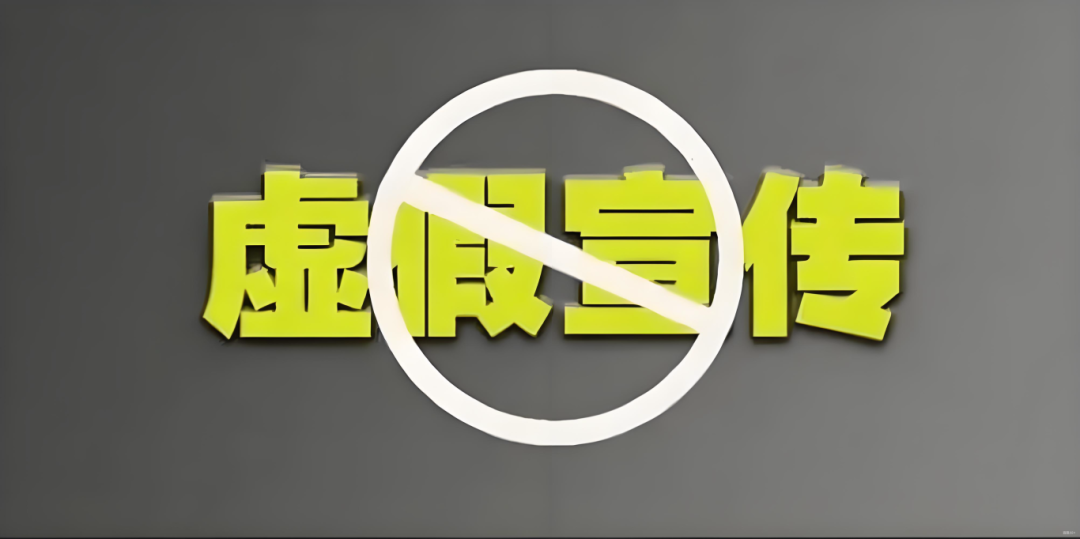
Even worse, some executives were not only physically "controlled" and became traffic tools but also went to great lengths for traffic, engaging in exaggerated promotions and packaging concepts, belittling competitors with double entendres, data inflation, and marketing bubbles... Such behaviors were rampant, and even official media like Xinhua News Agency repeatedly criticized automotive companies for "emphasizing marketing over R&D" and called for a return to the essence of technology.
02 Traffic Supremacy? Don't Go Off Track
Besides the calls from official media, this year, relevant authorities have taken multiple actions against the automotive industry, halting the chaos of competing for weekly sales rankings and exaggerating intelligent driving promotions. They require automotive companies to strictly control payment terms and have proposed new standards for regulating hidden door handles, battery thermal runaway, and other aspects.
Not long ago, the Ministry of Public Security completed the draft for public comment on the national standard "Technical Conditions for the Safe Operation of Motor Vehicles," explicitly stating that passenger vehicles should be in a default state with a 0-100 km/h acceleration time of no less than 5 seconds after each start, aiming to restrict potential safety hazards caused by excessive pursuit of acceleration performance at the technical level.
Additionally, industry insiders revealed that the State Administration for Market Regulation is discussing "methods for identifying false marketing," which may subsequently address exaggerated and false promotions in the automotive industry. This means that exaggerated test and promotion results, as well as unverifiable order posters, will gradually disappear.

When the state intervenes to correct the deviated marketing track, the effects are noticeable. Coupled with the increase in negative evaluations of "executive bickering" by users, the market is shifting from "marketing-driven" to "product-driven." Many automotive executives have called for an end to vicious competition and reached a consensus on returning to technological innovation and enhancing product competitiveness.
Thus, at the 2025 Guangzhou Auto Show, the spotlights on the booths quietly shifted and no longer solely focused on the figures of CEOs.
The phenomena of executives striking various poses for media photos disappeared; the claims of "definitely surpassing Tesla within three years" made from afar disappeared; and the lists of more than ten "global firsts" announced at booth press conferences also disappeared.
At many press conferences, the speech time of executives was compressed to within fifteen minutes, with the remaining time either given to the technical team to explain the innovations of the new platform in detail or to the media for more communication with the executives.
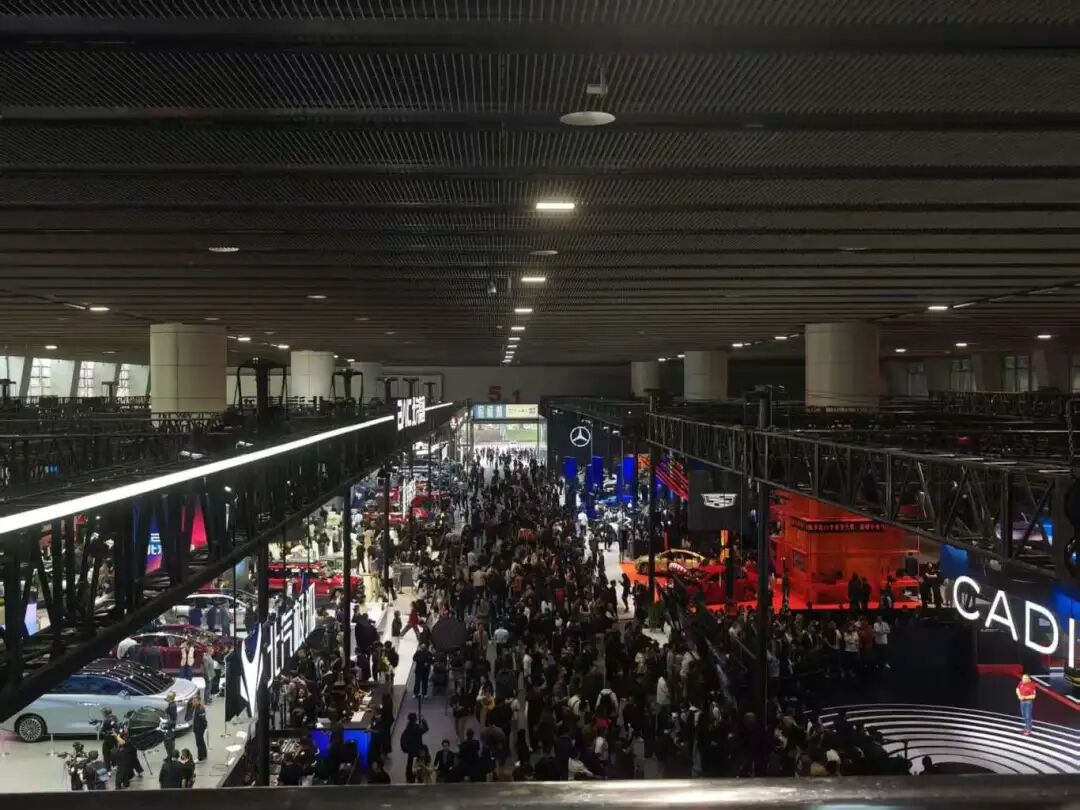
Additionally, the booth design also quietly changed its style. The giant stages, dazzling lights, and large celebrity lineups common in previous years decreased, with more space reserved for the vehicles themselves. Some brands set up in-depth technical experience zones, allowing visitors to truly understand the core advantages of the products. On the booth of a certain independent brand, only one car was displayed, making the booth seem empty, but in reality, this model had monthly sales exceeding 10,000 units, genuinely offering the main promoted model to consumers for choice.
"We realize that true competitiveness lies not in who makes the loudest noise but in whose product can truly move consumers," said a marketing director from a participating automotive company. "This time, we allocated more of our booth budget to interactive experiences and technological displays rather than pure hype."
Meanwhile, some peers said, "The booths have quieted down, and the flashlights are no longer solely focused on automotive leaders but more on the vehicles themselves. This is also a sign of industry maturity." In that case, a "colder" Guangzhou Auto Show isn't necessarily a bad thing.
Editor-in-Chief: Yang Jing Editor: He Zengrong
THE END

